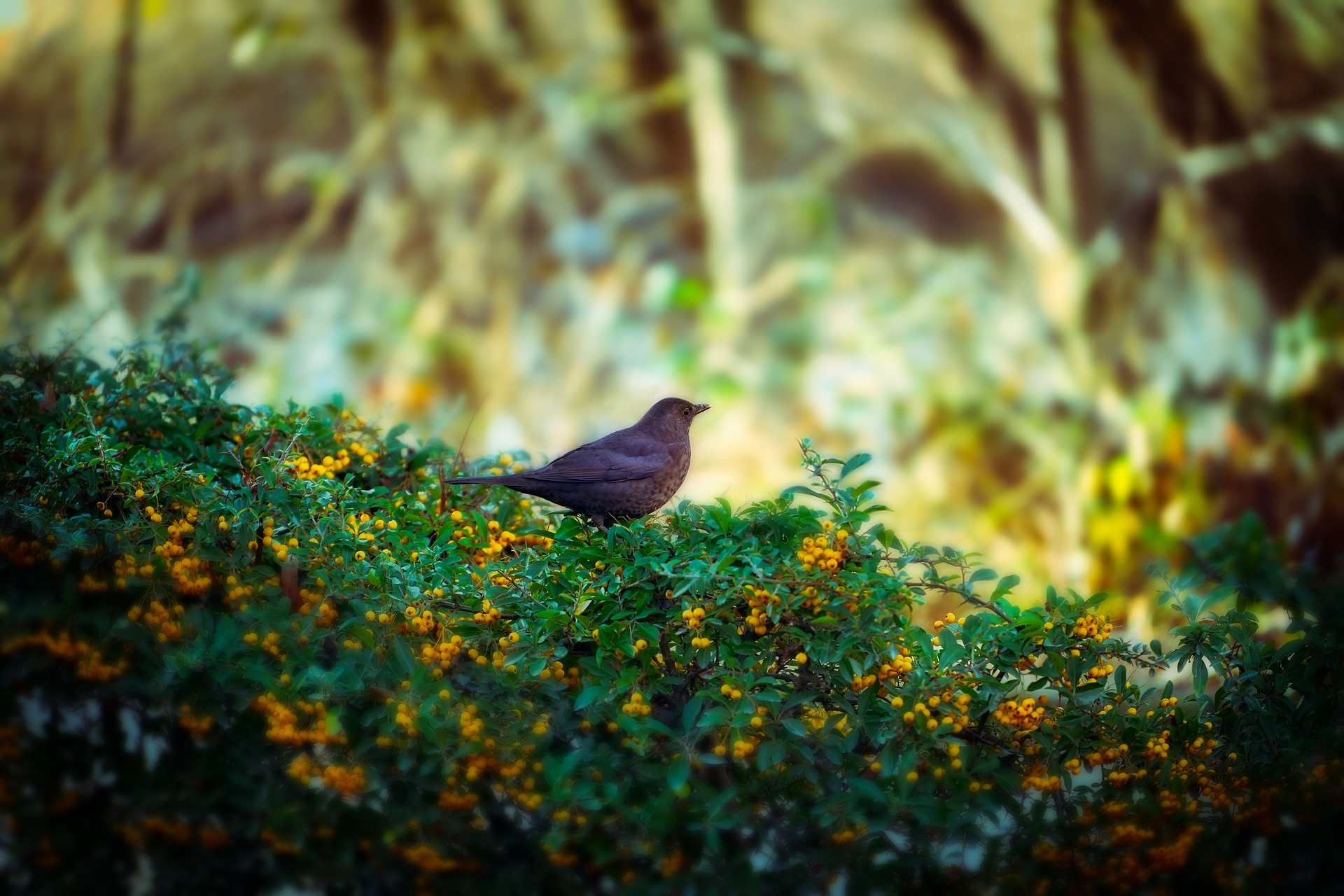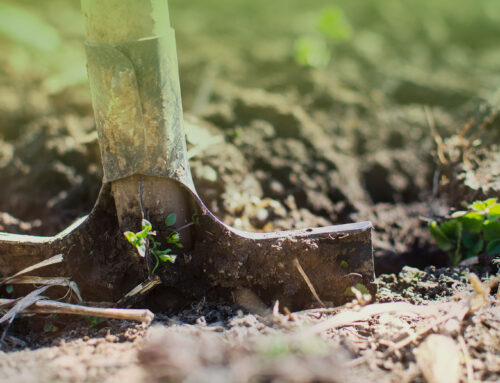Integrating hedges into vegetable gardens is a great way to increase biodiversity and create a more sustainable farm ecosystem. Hedges provide habitats for beneficial insects and birds, protect against wind and erosion, and help retain soil moisture. In this article, we will discuss the benefits of integrating hedges into your vegetable garden, and provide some tips for how to do it effectively.
Benefits of Hedges in Vegetable Gardens:
The “hedge” element, when well planned and with shrubs suitable for the site, can have a variety of positive effects. Here are some exciting, positive effects on your garden.
- Attract Beneficial Insects: Hedges provide habitats for beneficial insects such as ladybugs, lacewings, and hoverflies, which feed on garden pests such as aphids and mites.
- Encourage Pollinators: Hedges attract pollinators such as bees, butterflies, and birds, which are essential for the pollination of many crops.
- Protect Against Wind: Hedges provide a natural windbreak that protects vegetable gardens from damaging winds and helps retain soil moisture.
- Prevent Erosion: Hedges help prevent soil erosion by holding soil in place with their roots.
- Add Beauty to the Landscape: Hedges can add beauty to the landscape and create a natural boundary around your vegetable garden.
Here are some tips for integrating hedges into your vegetable garden:
- Choose the Right Plants: Choose native shrubs and trees that are well-suited to your climate and soil type. Some good options for hedges include elderberry, dogwood, and hazelnut.
- Plan the Layout: Consider the layout of your vegetable garden when planning the placement of hedges. Hedges should be planted in a way that maximizes their benefits, such as providing windbreaks on the north and west sides of the garden.
- Provide Adequate Space: Hedges need room to grow, so make sure to provide adequate space between plants. Depending on the species, this may mean spacing plants anywhere from 3 to 10 feet apart.
- Provide Care: Hedges require regular maintenance, such as pruning and watering. Make sure to provide the care your hedges need to thrive and provide the benefits you desire.
- Consider Multi-Functionality: Hedges can be used for more than just their ecological benefits. Consider using them to create visual interest in your garden or to provide a barrier for privacy or noise reduction.
In conclusion, integrating hedges into your vegetable garden can be a great way to increase biodiversity, provide habitats for beneficial insects and birds, protect against wind and erosion, and add beauty to the landscape. By following these tips, you can effectively integrate hedges into your vegetable garden and enjoy the many benefits they provide.
References and further information:
Pralles Leben: die Wildsträucher-Hecke (2020): https://www.wildgarten.org/2020/09/16/pralles-leben-die-wildstraeucher-hecke/
Broschüre der Umweltberatung Wien: „Heimische Gehölze im Garten“: https://www.umweltberatung.at/download/?id=Heimische_Gehoelze-1109-umweltberatung.pdf
Permakultur Konkret: Einheimische Sträucher und Bäume für die Hecke: https://permakultur-konkret.ch/pflanzenkategorie/straeucher/
Permakultur Konkret: Verschiedene Gartenformen als Permakultur Elemente: https://permakultur-konkret.ch/umsetzung-uebersicht/permakultur-elemente/gartenformen/
Hecke einpflanzen & pflegen: https://www.heckentotal.ch/hecke-einpflanzen-und-pflegen/
Marlies Ortner: „Grüne Netze: Wildsträucher-Hecken“: https://www.permakultur-akademie.com/gruene-netze-wildstraeucher-hecken/









